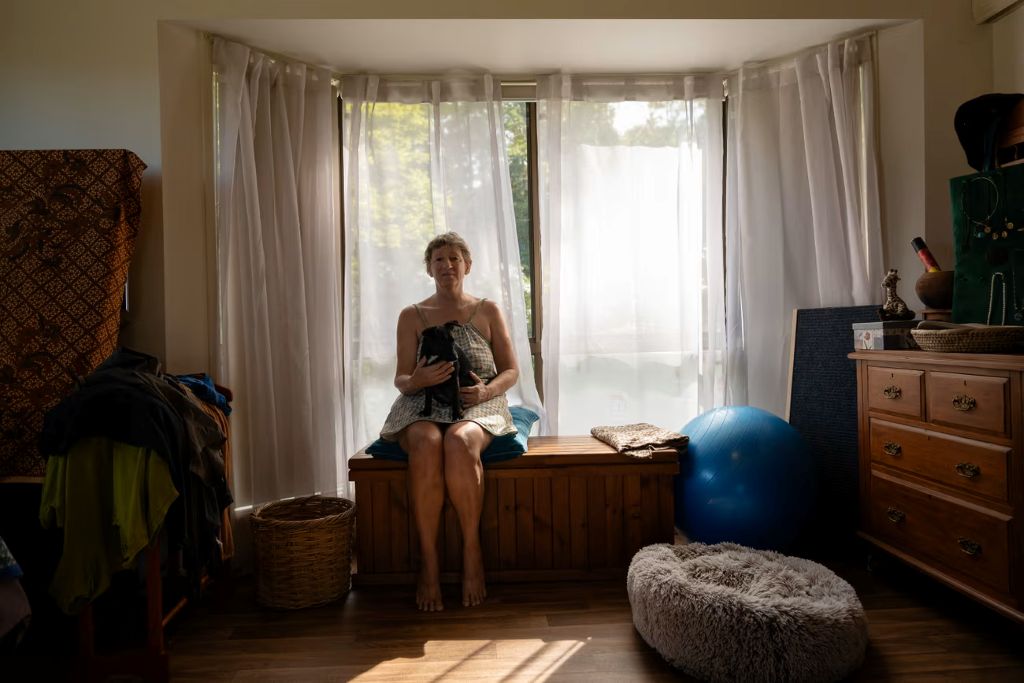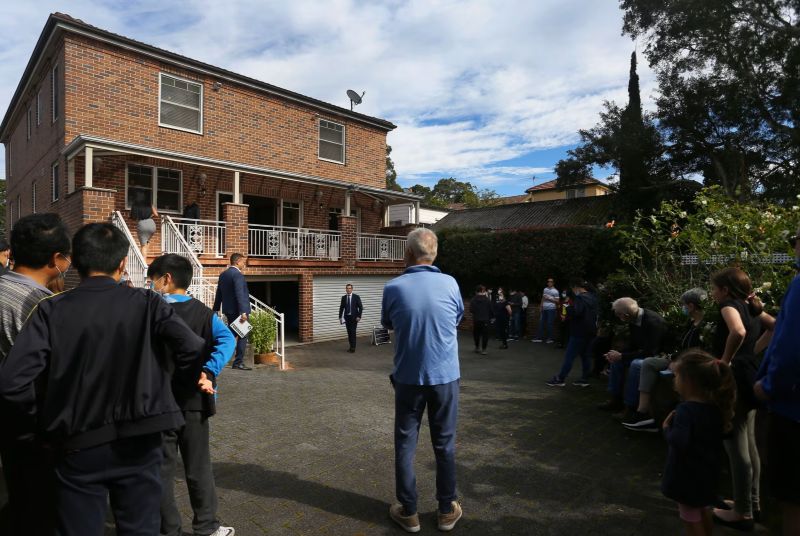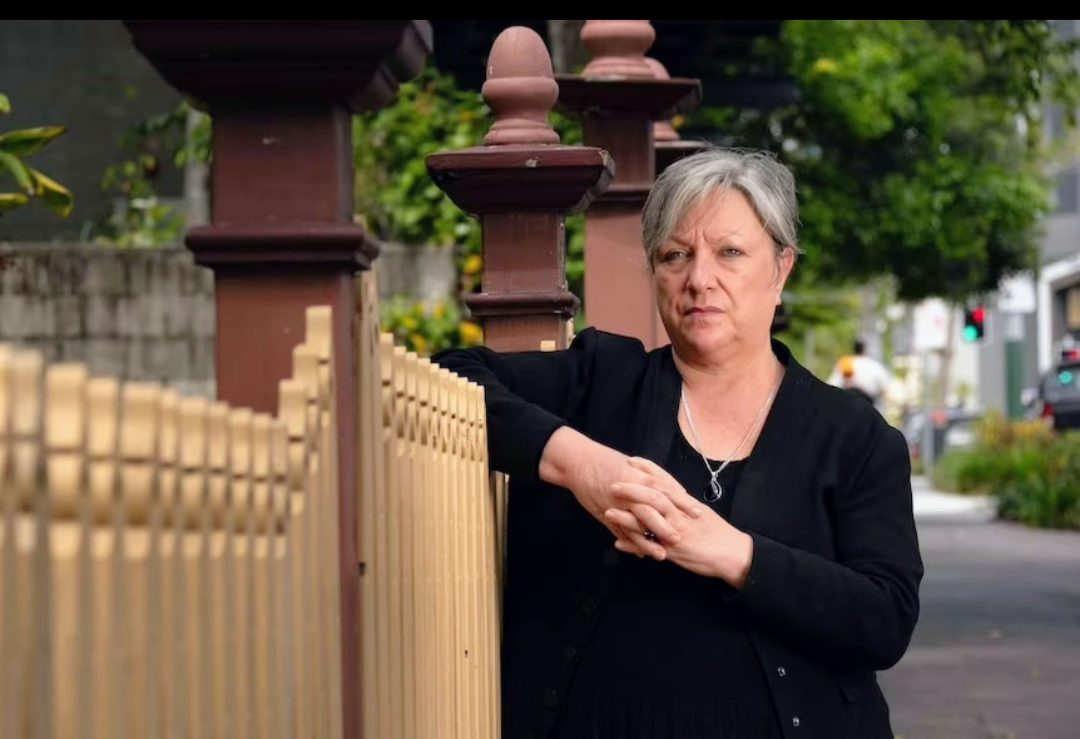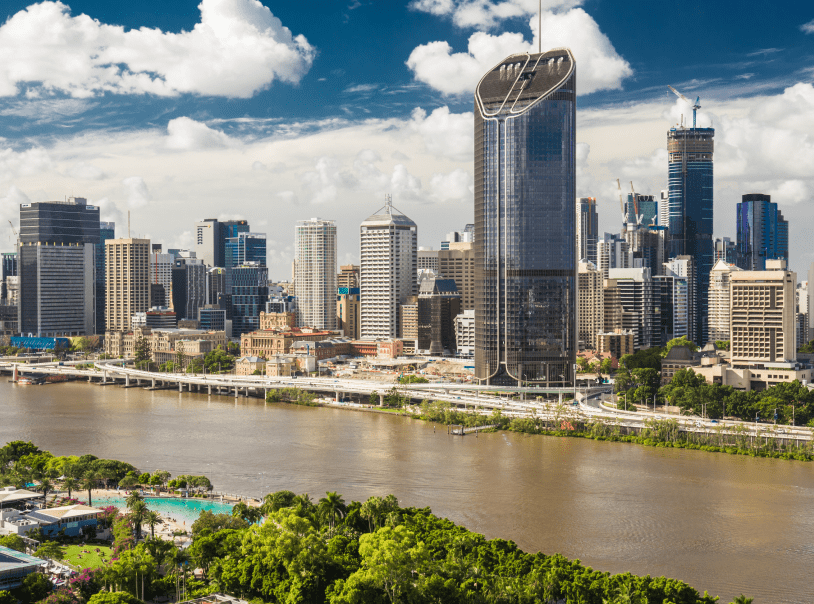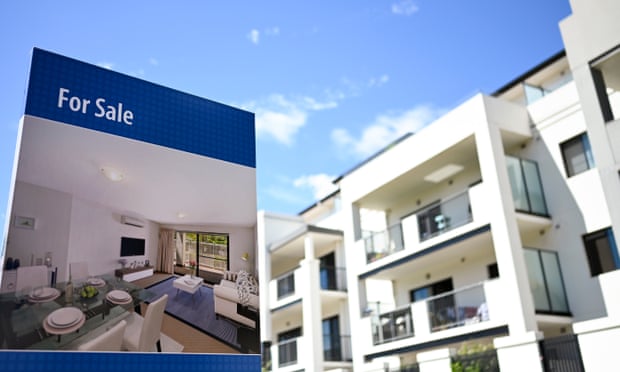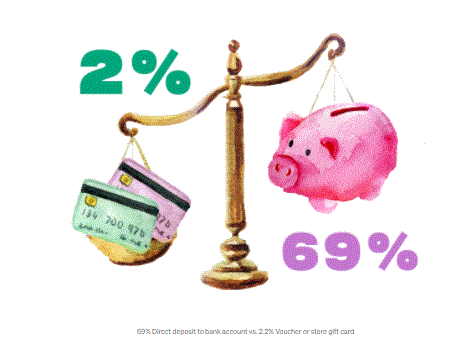All venues to be built for the 2032 Brisbane Olympic and Paralympic Games, including the Victoria Park stadium, are set…
This 63-year-old, who may have to live in a camper van, wants to see the major political parties do more…
Labor and the Coalition have launched policies to tackle the crisis, but they shied away from the idea of falling…
The Everybody’s Home campaign is assessing the alignment of policy offerings of parties and candidates with an online commitment tracker….
One of Queensland’s most expensive neighbourhoods has blocked an “inappropriate” affordable housing project intended to ease the shortage of homes….
The ALP and the Coalition have both made housing a central plank of their bid to woo voters in the…
- Queensland Statewide (all regions)
Together, Queensland Alliance for Mental Health (QAMH) and Q Shelter are calling for coordinated action by both the Department of…
- Queensland Statewide (all regions)
Sonya Parsons, a partner at Thomson Geer, suggests three steps for charities and not for profits to consider when dealing…
- Queensland Statewide (all regions)
Under the theme, Building Women’s Economic Security, the campaign – A Pink Hi-Vis Recovery – will draw attention to the…
- Queensland Statewide (all regions)
Everyone needs a place to call home, but many young people in our communities face challenges accessing housing. Under the…
- Queensland Statewide (all regions)
A scheme promoted by Scott Morrison at the 2019 election to help first home buyers into the property market has…
- Queensland Statewide (all regions)
Rapidly worsening climate change is hurting our communities. The Community Housing sector has been on the frontline of helping communities…
- Queensland Statewide (all regions)
The Consumer Participation Practice Network (CPPN) is a group of practitioners from Victorian-based services encompassing health, mental health, homelessness, family…
- Queensland Statewide (all regions)
Victoria is launching a $500 million fund to get homebuyers into the market, in exchange for a share in the…


